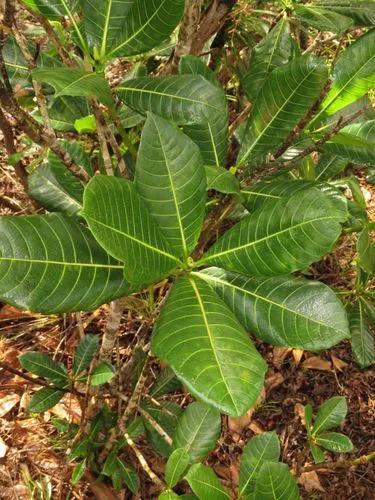Prunus umbellata, called flatwoods plum, hog plum and sloe plum, is a plum species native to the United States from Virginia, south to Florida, and west to Texas.
Prunus umbellata can reach 20 ft (6.1 m) in height with a 15 ft (4.6 m) spread. It has alternate serrate green leaves that turn yellow in autumn. Flowers are white, creamy, or grayish. Fruits are round, purple, and 0.5–1 in (1.3–2.5 cm) in diameter.[4] P. umbellata trees can live up to 40 years and are very difficult to distinguish from Prunus angustifolia, with which it hybridizes easily. The trees bloom and bear fruit later than other plums. The fruits mature August–October. Large crops appear only every 3-4 years. The fruits are made into jellies and jams.









